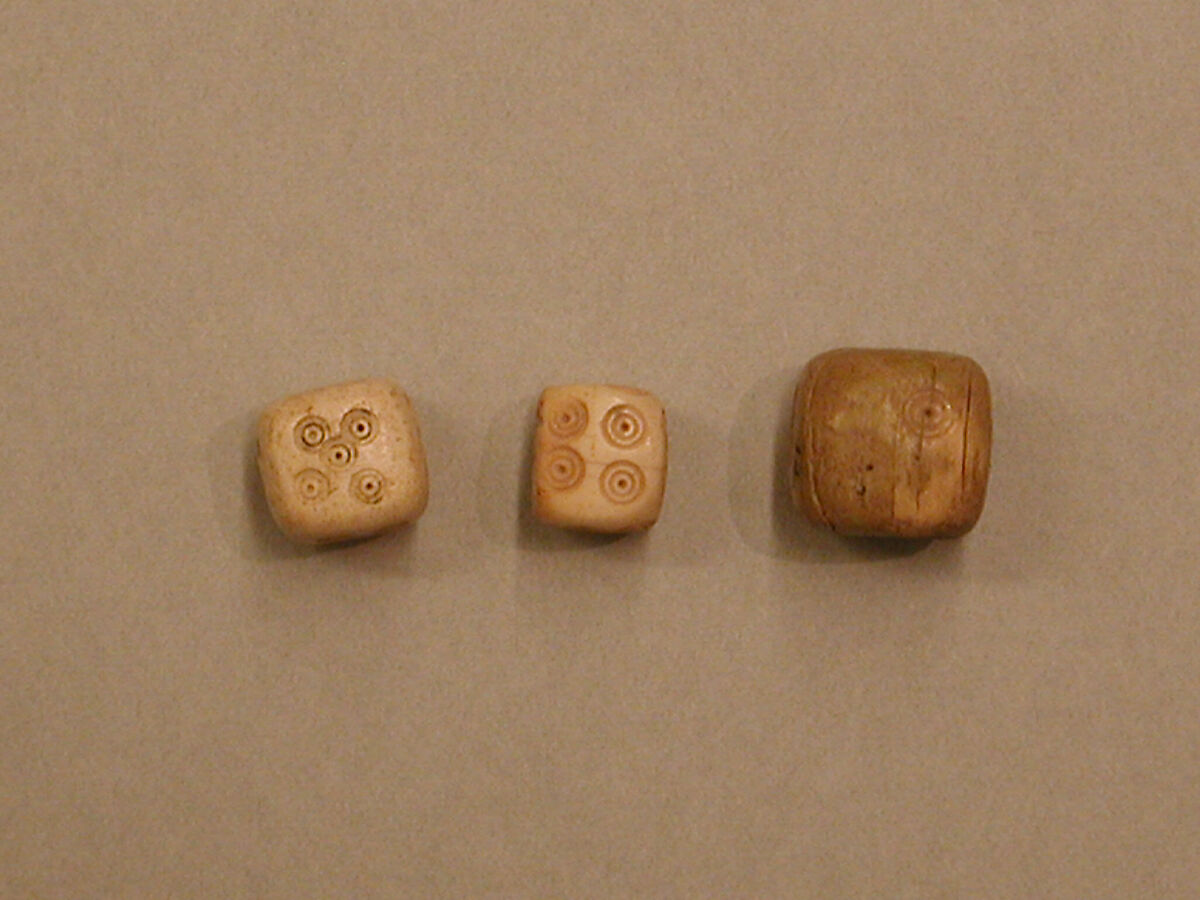- About MAA
- Membership
- MAA Publications
- Periodicals
- Blogs
- MAA Book Series
- MAA Press (an imprint of the AMS)
- MAA Notes
- MAA Reviews
- Mathematical Communication
- Information for Libraries
- Author Resources
- Advertise with MAA
- Meetings
- Competitions
- Programs
- Communities
- MAA Sections
- SIGMAA
- MAA Connect
- Students
- MAA Awards
- Awards Booklets
- Writing Awards
- Teaching Awards
- Service Awards
- Research Awards
- Lecture Awards
- Putnam Competition Individual and Team Winners
- D. E. Shaw Group AMC 8 Awards & Certificates
- Maryam Mirzakhani AMC 10 A Awards & Certificates
- Two Sigma AMC 10 B Awards & Certificates
- Jane Street AMC 12 A Awards & Certificates
- Akamai AMC 12 B Awards & Certificates
- High School Teachers
- News
You are here
A Selection of Problems from A.A. Markov’s Calculus of Probabilities: Problem 8 – Solution, Numerical Example
Review statement of Problem 8.
For example, for \(m = 6\) and \(n = 3\), we find:
\[216 P_{18} = 216 P_3 = 1, \ \ \ 216 P_{17} = 216 P_4 = 3, \]
\[216 P_{16}= 216 P_5 = \frac{3\cdot 4}{1 \cdot 2} = 6, \ \ \ 216 P_{15}= 216 P_6 = \frac{3\cdot 4\cdot 5}{1 \cdot 2\cdot 3} = 10,\]
\[ 216 P_{14}= 216 P_7 = \frac{3\cdot 4\cdot 5\cdot 6}{1 \cdot 2\cdot 3 \cdot 4} = 15,\]
\[ 216 P_{13}= 216 P_8 = \frac{3\cdot 4\cdot 5\cdot 6 \cdot 7}{1 \cdot 2\cdot 3\cdot 4 \cdot 5} = 21,\]
\[ 216 P_{12}= 216 P_9 = \frac{3\cdot 4\cdot 5\cdot 6 \cdot 7 \cdot 8}{1 \cdot 2\cdot 3\cdot 4 \cdot 5 \cdot 6} - 3 = 25,\]
\[ 216 P_{11}= 216 P_{10} = \frac{3\cdot 4\cdot 5\cdot 6 \cdot 7 \cdot 8 \cdot 9}{1 \cdot 2\cdot 3\cdot 4 \cdot 5 \cdot 6 \cdot 7} - 3 \cdot 3 = 27,\]
Three ordinary six-sided dice, whose sides have numbers 1, 2, 3, 4, 5, 6 can serve to illustrate this example.
If these three dice are thown on a surface and if \(X_1, X_2, X_3\) denote the numbers on the upper sides, then \(\{1, 2, 3, 4, 5, 6\}\) will be the exhaustive and equally likely values of \(X_1\), as well as of \(X_2\) and \(X_3\).
Corresponding to these, the numbers \(P_3, P_4, P_5, \dots P_{18}\) represent the probabilities of different assumptions on the sum of the numbers,18 revealed on three ordinary throws of the dice.
And the equation \(P_3 + P_4 + P_5 + \cdots + P_{10} = P_{11} + P_{12} + P_{13} + \cdots + P_{18}\) shows the equal probability of the assumptions that this sum does not exceed 10 and, conversely, that it is bigger than 10.

Figure 7. Three dice made of bone or ivory, ca 9th–10th century CE, excavated from Nishapur, Iran.
Metropolitan Museum of Art, Rogers Fund, 1938, public domain.
Continue to the second part of Markov's solution of Problem 8.
Skip to the third part of Markov's solution of Problem 8.
Skip to Markov's analysis of repeated independent events.
[18] The text has the last entry in this list as \(P_{21}\), which clearly is incorrect. The sum of the faces on three dice cannot exceed 18.
Alan Levine (Franklin and Marshall College), "A Selection of Problems from A.A. Markov’s Calculus of Probabilities: Problem 8 – Solution, Numerical Example," Convergence (November 2023)




